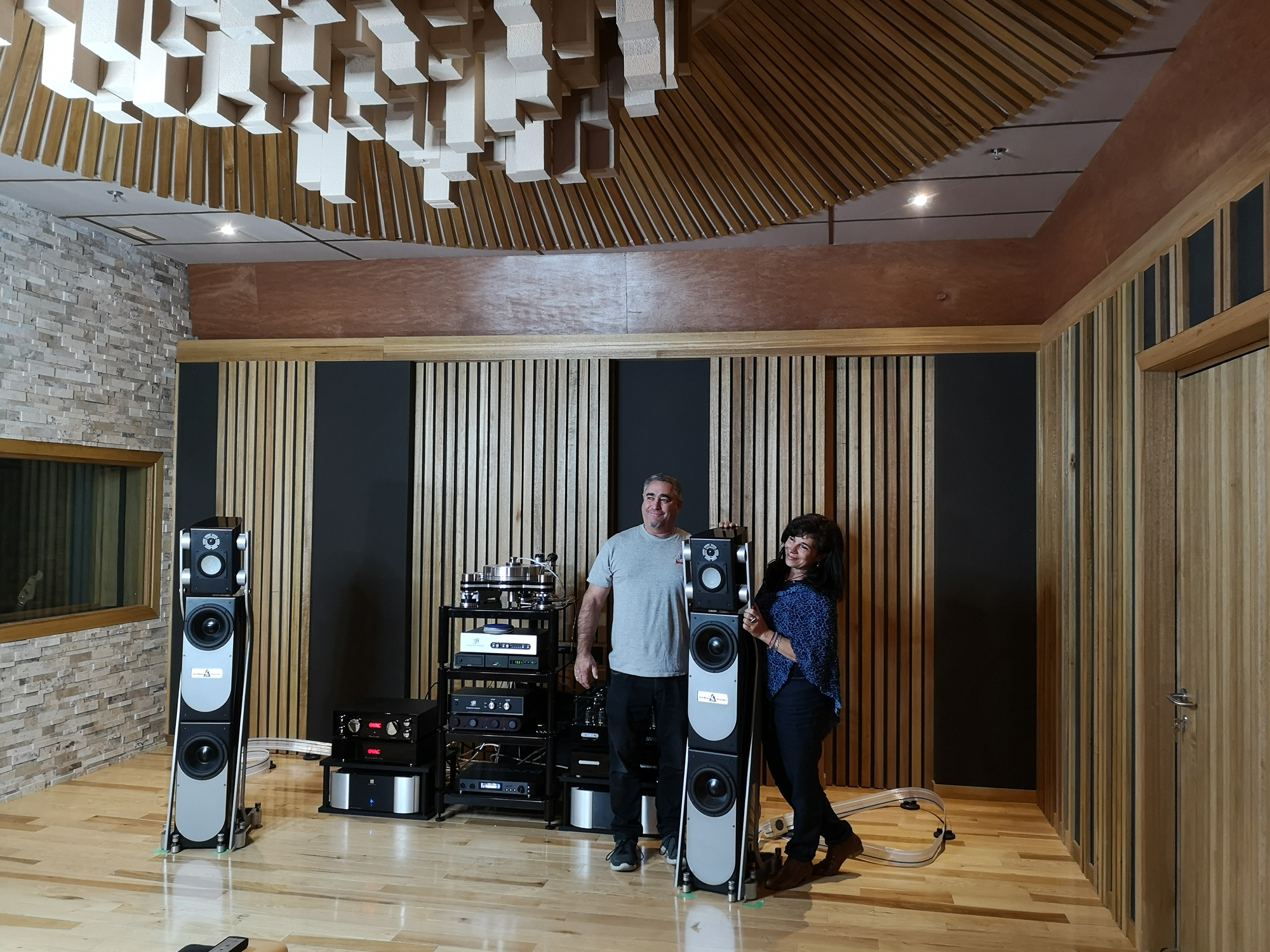

be a little more clear that this was an "argument" about utilizing the ubiquitous, standardized and hyper-mailable PCM format in a hyper-productive work environment vs. So when you say "This argument was resolved more than a decade ago". That's not any special insight and most would agree (including me) - if yours is a hyper-rapid, time-efficient and constant "hoop jumping" for clients work environment.Īlthough that doesn't necessarily apply to utilizing DSD (or any high-end 2-track master tape recorder to mix to or master to.Īnd, not everyone is working in such a hyper hoop jumping environment.Īnd, none of those points have anything to do with the SOUND quality of DSD (however you perceive it). The same logic you apply to DSD certainly applies to tracking or mixing with analog tape. If it's your job "requirement for hyper-efficient workflows" as you say, and you're churning out deliverables to clients at a rapid, efficient pace, then any process that strays from PCM DAW's and the flexibility and maliability of ITB hyper-editing capabilities reduces that time efficiency, recallability and ultimately the "profitability" of the business endeavor in which you are participating. Aside from that, it's not even worthy of status as a water cooler conversation unless properly peer reviewed studies emerge which sufficiently persuade a change in scientific consensus.
Usa exasound 28 with pure music professional#
It's an ideal "space" for businesses making products for audiophiles who live in their own wooniverse, but it really has no place in professional audio except from the perspective of malfunctioning components. The back and forth about the audibility or otherwise of ultrasonic audio is driven by a combination of ignorance (sometimes willful, stubborn ignorance), marketing and wishful thinking. It is undeniably the USP for some businesses (and good luck to them), but that doesn't mean it is invulnerable to criticism from multiple perspectives. Alistair is literally on the money when he asserts that in today's environment DSD is a marketing channel which is built on unnecessary foundations and a dose of wishful thinking. This argument was resolved more than a decade ago and those who persist with DSD are in the minority simply because of the severe limitations of the format. Any gains (whether real or mistakenly believed) are insufficient to justify adoption by the people who jump through hoops every day to supply deliverables to their customers and hopefully make sufficient profit to survive.
Usa exasound 28 with pure music pro#
It almost doesn't matter if DSD sounds better or worse than PCM, as it doesn't work as a business component within the vast majority of pro audio businesses. It should be relegated to audiophile forums which love arguing about angels on the head of a pin. With regard to DSD, the topic is marginal to the professional audio industry because it is comparatively expensive and basically unworkable within today's requirement for hyper-efficient workflows.

So, from this perspective, can you see why you shouldn't put any stock into the ringing of the IR? Previously you said that you don't put any stock in the value of ultrasonic information. You see the ringing IR and think "time smear", but that only applies to the frequencies that are actually being filtered, which -in the case of a 22.05 kHz LPF - are all ultrasonic. This is immediately clear when you realize that such a signal is not being filtered. To put it another way, the time domain representation of a musical transient (meaning energy less than 22.05 kHz) is exactly the same at 44.1 kHz as it is at any other higher sampling rate. The leading edge of a musical transient is not smeared. The ringing you see in a 22.05 kHz LPF IR response does not represent musical events, it is the result of the considerable ultrasonic energy in the impulse being filtered.

If a sounds are more of a fuzzy window, where a transient might be, I contend this makes it hard for the brain to place things in time and space.The key phrase here is musical events. My belief is that in order to feel precisely when musical events happen, and in order to localize sounds in three dimensional space we need to know accurately where these transients and their decay happen.


 0 kommentar(er)
0 kommentar(er)
